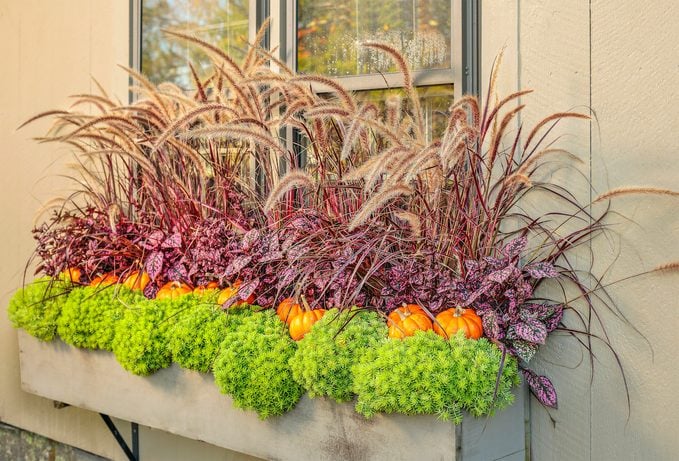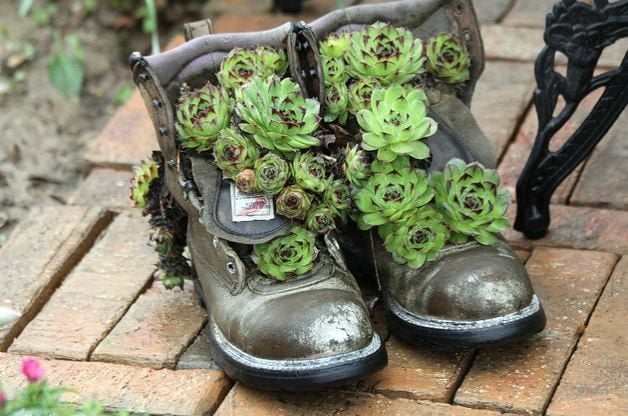How to Grow a Succulent Container Garden
Updated: Aug. 22, 2022
Even if you don't have a big yard, you can still grow a succulent container garden. Find out how to choose pots, potting mix and more.
Our editors and experts handpick every product we feature. We may earn a commission from your purchases.
Plant a Succulent Container Garden

No matter where you live, succulents can bring a bit of the desert to your backyard. Hardy, drought tolerant and attractive, these adaptable plants have taken up residence in troughs, pots and other vessels in landscapes across the country. Here’s how to plant a succulent container garden.
Check out 11 succulents that will attract pollinators.
How to Choose a Succulent Container
Native to arid and semi-arid regions, succulents are designed by nature to acquire any available water from the atmosphere and soil and store it in modified stems and leaves. Their drought tolerance makes them the perfect choice for busy gardeners (or those who prefer the benign neglect method of plant care).
Since succulents are subtle in appearance, I prefer to use containers of equally understated beauty, so that the planter doesn’t overshadow the plant. Trough gardens, shallow terra cotta pots or recycled items like a cracked birdbath or leaky fountain can provide the perfect home.
No matter what succulent pot you select, make sure it has drainage holes. Pick one that just fits the plants. Succulents have small root systems compared to their aboveground growth. Placing them in large pots means excess soil that holds the water and leads to root rot.
Drought-tolerant agave plant grows well in containers.
Find the Right Potting Mix
Use a well-drained potting mix with minimal organic matter. Commercial cactus and succulent mixes are often not suited to outdoor containers. So you may need to experiment a bit to find a mixture that works for you. Avoid those with water-retaining crystals, as these plants like it dry.
Most gardeners start with a basic potting mix and modify it to meet the needs of the plant. Consider starting with a mix of 2 or 3 parts high-quality potting mix, 1 part coarse sand (do not use playground or foundation sand) and 1 part perlite, crushed gravel, composted bark or rice hulls. Gardeners in extremely hot, dry regions may want to add a bit of loam soil to help retain just a bit of water.
Use a low-nitrogen, slow-release fertilizer for best results, and don’t overdo it. These slow-growing plants need minimal fertilization—another reason they’re good for low-maintenance gardeners.
Discover the top 10 flashy flowering succulents to grow.
Shop Around for Succulents

When you’re ready to plant, select a combination of succulents that provides interesting forms and textures. You may need to shop around. Succulent container gardens are just catching on in some parts of the country. An online search may provide the best results.
You might want to start with some familiar plants, like moss rose (Portulaca grandiflora), hens and chicks, sedum and yucca. Though hens and chicks—also called houseleeks—all have that familiar rosette shape, their color and size range adds variety.
Add in a few echeveria, with their larger, often colorful or ruffled leaves, for an even bolder statement. Your imagination and plant availability are your only limits.
Next check out 10 seriously cool succulents that make great houseplants.
